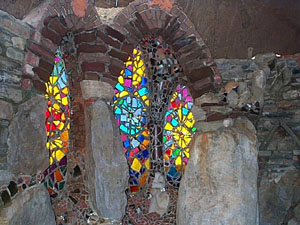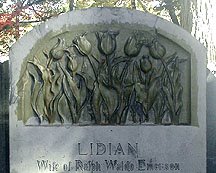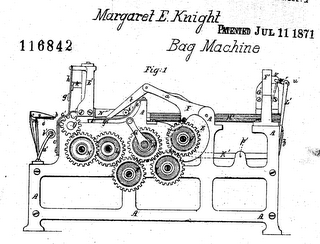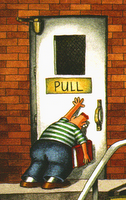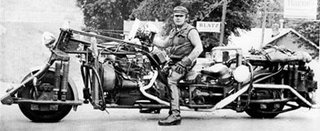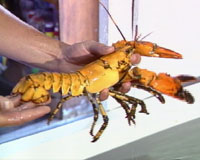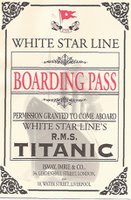Ancora Imparo
Anyone who's gone out to dinner with me in the last few months has probably encountered my new favorite question: what are three things you learned today? Here is a random assortment of things I've learned in the last few weeks, in no particular order.
1) You do not know better than the cookie dough package how long the cookies should stay in the oven. Take the cookies out as instructed, even if they are still square on the top.
2) Teensy tiny pieces of glass, though small, still have teensy tiny razor-sharp edges capable of slicing your thumb open.
3) Many hardware stores do not carry black grout - call ahead.
4) When making a mirror mosaic, mask off the mirror early in the process so your worklight does not shine in your face and give you a headache.
5) "Thray" is not a word, though "echard" is.
6) It's eggnog season! Eggnog is good when mixed with chai.
7) US currency is printed on paper that is 75-80% recycled blue jeans (waste cotton) and 20-25% waste flax.
8) There is a sunken WWII sub in Norway containing 70 tons of mercury, as well as other heavy metals. Debates rage about whether to try to remove it or entomb it in sand and concrete. (Why not leave the sub there and pump the mercury to the surface? Anyone know?)
9) The seventh and final Harry Potter book will be called "Harry Potter and the Deathly Hallows".
10) When the freeway is flooded, walking under the overpass is extremely treacherous, as large amounts of cold sudden water tend to fall on you.
11) Except for water, we use more concrete (by volume) than any other substance in the world. Concrete made from volcanic ash will harden and cure underwater (thank you, Roman Empire).
12) Discount Builders Supply is perhaps the best hardware store in San Francisco (and it does have a big parking lot).
13) It is easy to find reasons to not mow the lawn.
What are three things you learned today?






